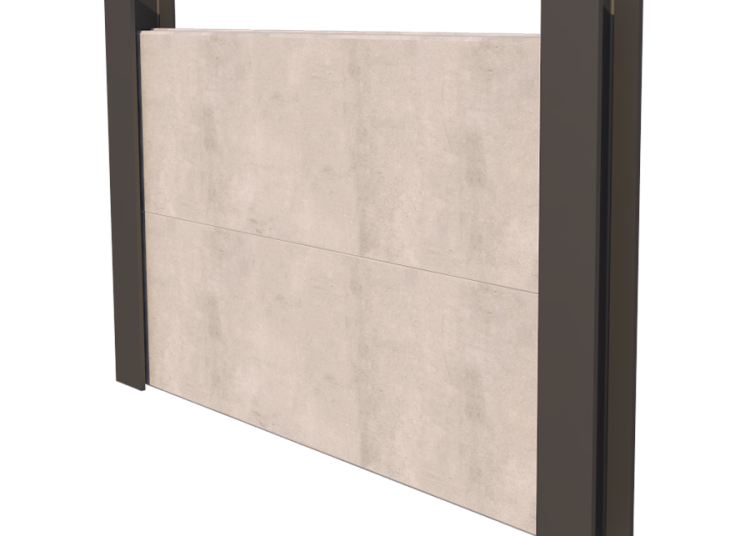(Image source : https://www.jpconcrete.co.uk/king-post-retaining-wall/)
[Guest Post]
A retaining wall is not just built as a border or protection – it can also serve as a design element that can augment the look of your property, and you can have it blend in with your property’s design and theme. In other words, it’s not just about function; it can also contribute to form. So, for example, whilst retaining walls are primarily built to hold back soil or rock and prevent it from eroding, you can also utilise retaining walls to produce a flatter and more usable terrain or ground for hilly areas. But whilst we can all agree that retaining walls have their clear function, the material you choose for your retaining wall can make an impact – and even make your wall stronger. Here, then, is your guide to the top choices in materials for the strongest retaining wall.
1. Precast concrete
Precast concrete has long been a material of choice for many retaining wall projects and other building projects, and it is concrete that is poured in a factory and pre-formed using moulds. The popularity of precast concrete stems from the fact that it is the most robust material for retaining walls, and it makes for a wall that lasts for a long time indeed. You can opt for a king post wall, which will provide your wall with extra strength and longevity and make the installation process easier.
Although the design of precast concrete retaining walls is usually smooth and sleek, you have the option to use forms to produce more texture; alternatively, you can replicate the appearance of masonry or stone with your precast concrete wall. Additionally, you can choose to add a stone veneer to the wall, so it appears more rustic, too.
2. Timber
Retaining walls made from timber offer a lot of support, and timber is often structurally solid and sound. So here’s a tip: if you opt for this, go for timber with a broader width as it will last longer, and make sure to treat the wood. Keep in mind that timber doesn’t last as long as brick or concrete, and it also comes with limited choices in design. The timber’s size, for instance, can limit the wall’s height, and it isn’t easy to curve a timber wall.
3. Brick
Brick is another material used for retaining walls for a long time, and it is also strong and lasts for decades. You can opt for a cavity wall comprised of two (or more) layers with a gap or cavity in between filled with grout or mortar, or you can choose to have a base or core made of concrete blocks or concrete then attach the bricks to the base’s front. With this, you don’t need as many bricks, and it can lower the cost of your project.
One drawback with using brick, however, is that it can be heavy. In addition, it means you have to make sure to install the wall with proper support. Another aspect about brick is that if it has an issue that requires repair, it can be a challenge to find the right match to the original bricks of the wall. One other disadvantage to brick is the cost, as it is costlier than other retaining wall materials like concrete.









































